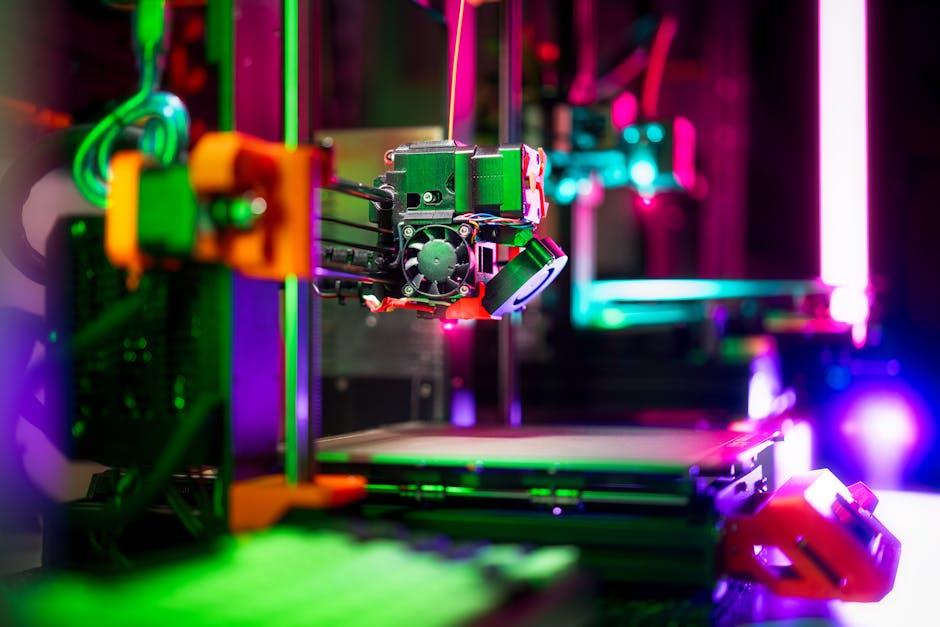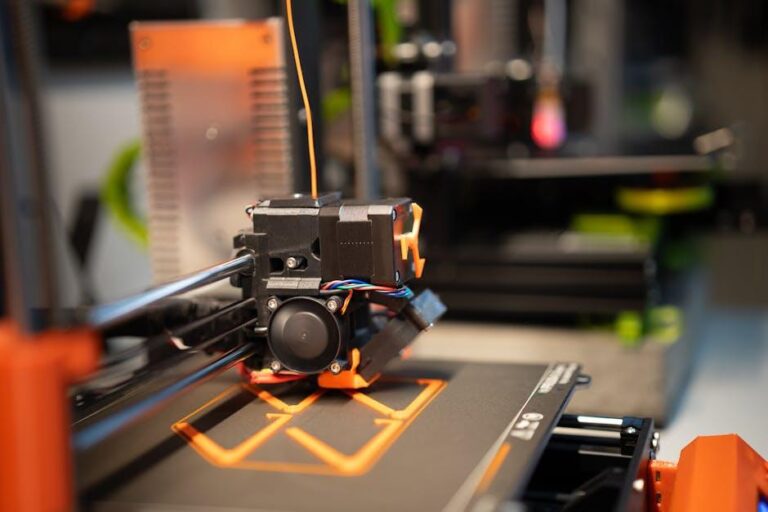
Dental 3D Printing Market to Surpass $10 Billion by 2030, Driven by Rising Cosmetic Dentistry Demand and Digital Innovation – Barchart.com
The dental 3D printing market is poised for unprecedented growth, with recent forecasts projecting it to surpass a remarkable $10 billion by 2030. This surge is propelled by an increasing global demand for cosmetic dentistry and rapid advancements in digital dentistry technologies. As more dental practices and labs integrate 3D printing into their workflows, the market landscape is evolving to become more efficient, cost-effective, and patient-centric.
Understanding the Dental 3D Printing Market
Dental 3D printing involves using additive manufacturing techniques to create precise dental products such as crowns, bridges, implants, aligners, dentures, and surgical guides. Unlike traditional subtractive processes, 3D printing offers unmatched customization and accelerated turnaround times.
Why is the Dental 3D Printing Market Booming?
- Rising Cosmetic Dentistry Demand: More patients seek personalized and esthetic dental solutions, boosting the need for 3D-printed custom prosthetics and aligners.
- Digital Innovation: Integration of CAD/CAM software with 3D printing streamlines design and production processes.
- Improved Patient Outcomes: Enhanced accuracy and reproducibility translate to better fitting and more comfortable devices.
- Cost and Time Efficiency: Automated workflows reduce labor costs and production time, facilitating faster restoration delivery.
- Expanding Applications: 3D printing is used not just for appliances but also for surgical guides and educational models.
Market Trends and Growth Drivers
The dental 3D printing market is segmented by technology, material, application, and geography. Here’s a comprehensive overview of the growth drivers supporting this rapid expansion:
| Trend | Description | Impact on Market |
|---|---|---|
| Material Innovations | Development of biocompatible resins, ceramics, and metals for dental use | Enables safer, more durable printed dental products |
| Integration with AI and Software | Use of AI-driven design tools and scanning technologies | Enhances design precision and workflow automation |
| Personalized Dentistry | Custom-fit aligners, implants, and prosthetics | Improves patient satisfaction and treatment results |
| Adoption in Emerging Markets | Growing dental infrastructure in Asia-Pacific and Latin America | Expands market reach and increases demand |
| Regulatory Approvals | Faster regulatory clearances for 3D printed medical devices | Facilitates quicker market entry for new products |
Benefits of 3D Printing in Cosmetic Dentistry
Cosmetic dentistry benefits immensely from 3D printing, with dentists and patients alike experiencing the following advantages:
- High Precision: Exact anatomical fit customized to the patient’s unique oral cavity ensures superior esthetics and function.
- Rapid Prototyping: Dentists can quickly design, produce, and adjust models during consultations for personalized treatment plans.
- Reduced Waste: Additive manufacturing produces only the necessary material, minimizing resource waste compared to traditional methods.
- Lower Costs: Streamlined fabrication reduces labor and material expenses, making cosmetic procedures more accessible.
- Complex Geometries: Enables fabrication of intricate dental structures that are difficult with milling or casting.
Case Study: Transforming Dental Practices with 3D Printing
Dr. Emily Carter, a cosmetic dentist based in Chicago, embraced dental 3D printing technology in 2022. She reports a:
- 50% reduction in production time for crowns and veneers.
- 30% cost savings compared to outsourcing lab work.
- Higher patient retention due to quicker turnaround and custom-fit solutions.
- Improved workflow through integrated CAD software, allowing same-visit restorations.
Her clinic uses 3D printers not only for prosthetics but also for surgical guides during implant treatments, enhancing surgical precision and patient outcomes.
Practical Tips for Dentists Considering 3D Printing Integration
If you’re a dental professional intrigued by the potential of 3D printing, here are practical tips to optimize your investment:
- Start with Training: Invest in education and training for your team to familiarize them with digital dentistry tools.
- Choose the Right Printer: Select 3D printers that match your practice size, volume, and material compatibility.
- Invest in Reliable CAD/CAM Software: Seamless design-to-print integration reduces errors and enhances productivity.
- Consider Workflow Integration: Ensure your digital scanner, printer, and milling devices communicate efficiently.
- Stay Updated: Continuously monitor industry trends and regulatory changes impacting 3D printed dental devices.
Future Outlook: What to Expect Beyond 2030
The dental 3D printing market’s projected growth to over $10 billion by 2030 represents only the beginning. Anticipated future developments include:
- Expansion into Regenerative Dentistry: Use of bioprinting techniques to create living tissue scaffolds for dental pulp and periodontal regeneration.
- Greater Artificial Intelligence Integration: Automated design and diagnostic capabilities that tailor solutions instantly.
- Material Breakthroughs: More widespread adoption of innovative materials combining aesthetics and strength.
- Enhanced Patient Experience: Chairside 3D printing enabling same-day cosmetic restorations gaining mainstream acceptance.
Summary Table: Key Market Drivers and Benefits
| Aspect | Details |
|---|---|
| Market Size Forecast | Surpassing $10 billion by 2030 |
| Main Growth Drivers | Cosmetic dentistry demand, digital innovation, increased adoption worldwide |
| Primary Benefits | Precision, speed, cost efficiency, patient satisfaction |
| Popular Applications | Crowns, bridges, dentures, aligners, surgical guides |
| Industry Challenges | Initial investment cost, training requirements, regulatory hurdles |
Conclusion
The dental 3D printing market stands on the cusp of a revolutionary transformation fueled by increasing demand for cosmetic dentistry and breakthroughs in digital dental technologies. As the industry moves towards more personalized, efficient, and cost-effective treatment models, dental professionals who adopt 3D printing solutions will gain a competitive edge. With the market expected to surpass $10 billion by 2030, stakeholders—from practitioners to manufacturers—must embrace innovation to meet evolving patient needs and shape the future of dentistry.
Stay informed on the latest trends and technologies in dental 3D printing, and position your practice or business at the forefront of this exciting market evolution.


